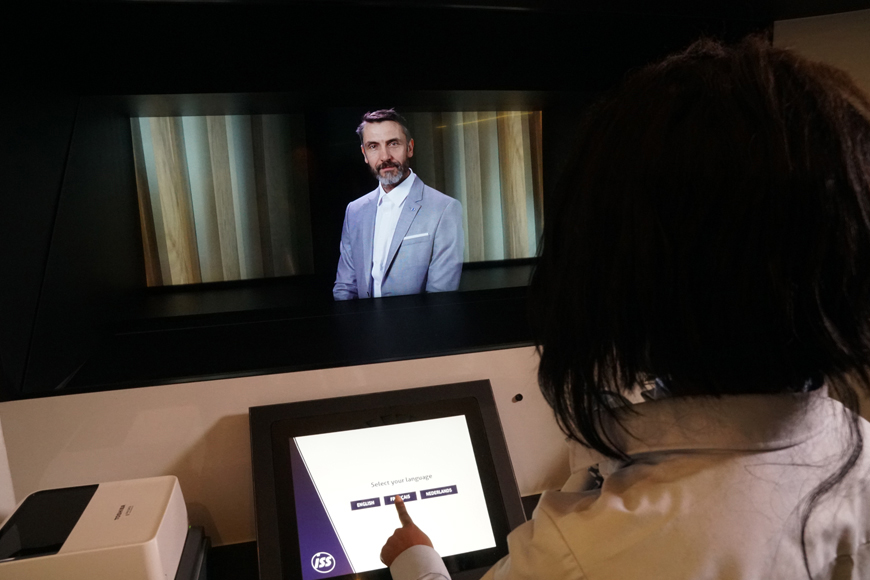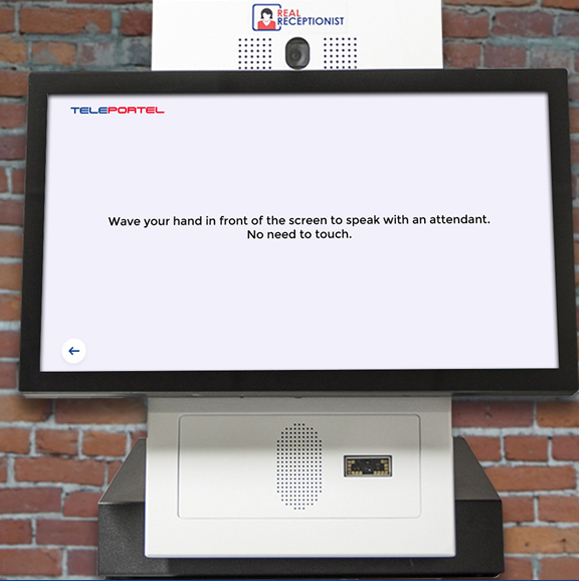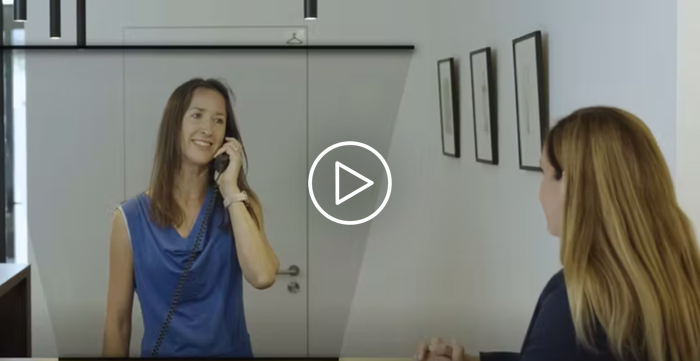Watch this video clip to understand how the above works in a real life application
This is blocked because you did not accept the cookie.
To watch the clip, you have 2 options :
Continuous Improvement
A key element of J.I.T. for Receptions is to continuously improve the quality of service and the effectiveness of the process. As of day-1 the process of continuous improvement starts. The system provides raw data to be imported into your own spreadsheets. This data provides insight on all the critical success factors and key aspects of the reception process : number of visitors, type of visitors, time of arrival, distribution throughout the day/week/month/year, locations, waiting times, connection times, satisfaction of the visitors, utilization rate of the Kiosk, occupancy of the agents etc...
There is no finish line. There is always room for improvement.






